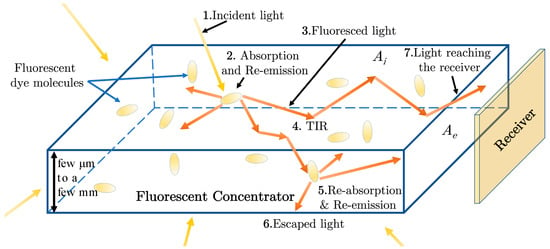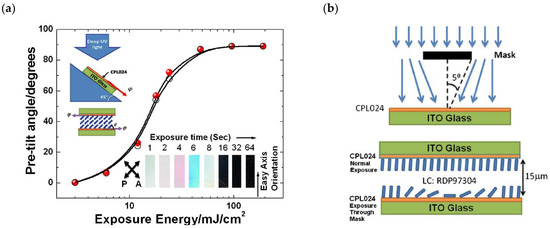Reviews in Liquid Crystals
A topical collection in Crystals (ISSN 2073-4352). This collection belongs to the section "Liquid Crystals".
Viewed by 4669Editors
Interests: liquid crystals; electrooptics; displays; photonics; photoalignment; photopatterning
Special Issues, Collections and Topics in MDPI journals
Topical Collection Information
Dear Colleagues,
The study of liquid crystals (LCs), i.e., soft matter encompassing optical birefringence, nonlocality, anisotropy, and all-optical (as well as electro-optic, magneto-optic, and thermo-optic) responses, has been the subject of extensive experimental and theoretical investigation. These studies encompass light beams in liquid crystals, with applications including imaging, modulation, signal processing, display architectures, lasers, sensors, etc. Liquid crystals are in the era of scientific renaissance, both fundamentally and technologically, and they have become a pervasive feature of everyday life. The exploration of these molecular materials is still a challenge since the rapid development of display technology demands new LC materials which possess as a wide range of properties as possible. The phase structures in these materials constitute challenging research problems. Liquid crystal display technology has integrated itself into many facets of our daily lives. They have been truly instrumental in the progression and development of electronic devices.
The development and application of materials with well-defined molecular and bulk properties are becoming increasingly important for contemporary technologies. The ability to simulate new LC materials with properties and functions far beyond our current reach could lead to meso/nanoscale electronic and mechanical devices that far surpass our current technological capabilities.
We invite scholars to submit review articles on the current trends and future perspectives of liquid crystal research. This Topic Collection addresses both basic and applied problems, focusing on the molecular design, simulation, synthesis, alignment, and characterization of liquid crystal materials. Potential topics include, but are not limited to, the following:
- Computer-aided molecular design;
- Synthesis and characterization;
- The alignment of liquid crystals;
- Macroscopic and microscopic properties;
- Phase structure and phase transitions;
- Electro- and thermooptical effects;
- Display device architecture;
- Polymeric and biological liquid crystals;
- The theory of liquid crystals;
- Ferroelectric and antiferroelectric liquid crystals.
Prof. Dr. Vladimir Chigrinov
Dr. Aleksey Kudreyko
Collection Editors
Manuscript Submission Information
Manuscripts should be submitted online at www.mdpi.com by registering and logging in to this website. Once you are registered, click here to go to the submission form. Manuscripts can be submitted until the deadline. All submissions that pass pre-check are peer-reviewed. Accepted papers will be published continuously in the journal (as soon as accepted) and will be listed together on the collection website. Research articles, review articles as well as short communications are invited. For planned papers, a title and short abstract (about 100 words) can be sent to the Editorial Office for announcement on this website.
Submitted manuscripts should not have been published previously, nor be under consideration for publication elsewhere (except conference proceedings papers). All manuscripts are thoroughly refereed through a single-blind peer-review process. A guide for authors and other relevant information for submission of manuscripts is available on the Instructions for Authors page. Crystals is an international peer-reviewed open access monthly journal published by MDPI.
Please visit the Instructions for Authors page before submitting a manuscript. The Article Processing Charge (APC) for publication in this open access journal is 2600 CHF (Swiss Francs). Submitted papers should be well formatted and use good English. Authors may use MDPI's English editing service prior to publication or during author revisions.
Keywords
- computer-aided molecular design
- synthesis and characterization
- the alignment of liquid crystals
- macroscopic and microscopic properties
- phase structure and phase transitions
- electro- and thermooptical effects
- display device architecture
- polymeric and biological liquid crystals
- the theory of liquid crystals
- ferroelectric and antiferroelectric liquid crystals









